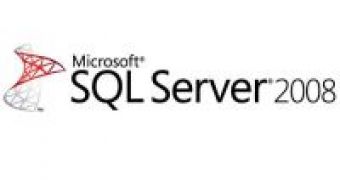The latest version of Microsoft's data platform came to the table with a completely overhauled Activity Monitor. The revamping process meant that the Redmond company not only rewrote the Activity Monitor from scratch, but that it also moved its location in the Microsoft SQL Server Management Studio. Bill Ramos, a principal program manager on the SQL Server Manageability team, admitted that moving the Activity Monitor in SQL Server 2008 might not have been the best idea, since feedback indicated that users had troubles locating it, but did point customers in the right direction.
“The Activity Monitor node is no longer under the Management Folder in SSMS,” Ramos explained. “Instead, we’ve added a new icon on the main toolbar at the far right side. We also added the Activity Monitor command to the Server context menu as well. Although I don’t show it, you can also configure SSMS to start-up with Activity Monitor using the Tools | Options command.”
Of course, the relocation of Activity Monitor in SQL Server 2008 Management Studio is not the sole change that Microsoft introduced for the tool in the data platform. Ramos also revealed that the refresh interval started to work in an entirely new manner. The tweaks made available for SQL Server 2008's Activity Monitor refresh interval are designed to optimize the consumption of hardware resources available.
“Unlike the previous version of the Activity Monitor (AM), the new AM starts up with a 10 second refresh interval. That doesn’t necessarily mean that each of the four panes: Overview, Processes, Resource Waits, Data File I/O, and Recent Expensive Queries all refresh at the specified interval. First, if all panes are closed, the AM issues no queries against the backend. AM issues its queries only for the open panes. Each pane has a separate minimum refresh value so that the server doesn’t get saturated with queries – especially with a refresh interval of 1 second,” Ramos stated.
SQL Server 2008 was officially launched at the end of February 2008, along with Windows Server 2008 RTM/SP1. However, Microsoft did not release SQL Server 2008 to manufacturing until the first half of August 2008.

 14 DAY TRIAL //
14 DAY TRIAL //